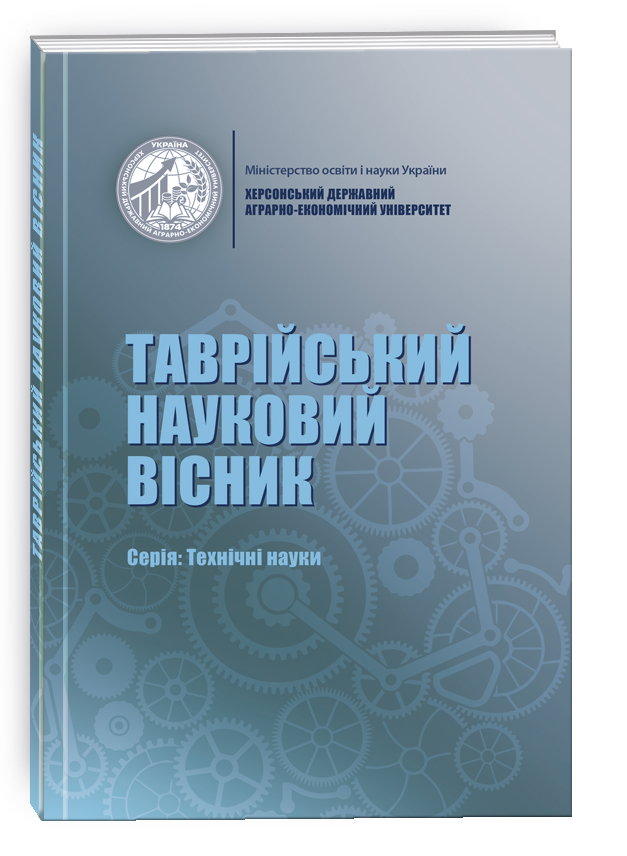CRYSTAL STRUCTURE OF K3TIOF5COMPOUND
DOI:
https://doi.org/10.32851/tnv-tech.2021.4.1Keywords:
X-ray structural analysis, Bragg-Bertrand survey geometry, Rietveld method, crystal structure, K3TiOF5compositionAbstract
The object of research is the crystal structure of the K3TiOF5 compound. It is known from the literature that this material is ferroelectric. The dielectric constant of materials is very high. Therefore, this material can be used in capacitors, which are much smaller in dielectric size. Relatively recently, a number of materials with ferroelectric properties have been synthesized, including K3TiOF5. The diffraction spectrum of the compound was taken by the powder method with the Bragg-Bertrand shooting geometry and is presented in the PDF-2 database for 2009 under the number 00-023-0506 indexed in the tetragonal system, with lattice periods a=6,102°A, c=8,655°A. To date, there is no complete information on the crystal structure of this compound. The study used a 2009 PDF-2 database. And also, the HighScorePlus 3.0 program (Netherlands), which allows to refine the microstructural parameters of the structural model by the Rietveld method. The diffraction spectrum for the study was generated using the HighScorePlus 3.0 program and the attached pdf-2 database for 2009 in UDF format. As a result, it was found that the given diffraction spectrum of the compound under study can correspond to the following structural model: the diffraction spectrum of the K3TiOF5 compound is indexed in the tetragonal system with lattice periods a = 6.086 A°; b = 6.086 A°; c = 8.675 A°. The space group of symmetry I41 (80) is possible: – microstructural parameters K1 8b x/a = 0.252 (9), y/b = 0.588 (4), z/c = 0.2 (4); – position filling factor 0.5 K2 8b x/a = 0.233 (5), y/b = 0.233 (5), z/c = 0.4 (4); – position filling factor 1.0 F1 8b x/a = -0.900 (8), y/b = 0.393 (4), z/c = 0.1 (4); – position filling factor 1.0 F2 8b x/a = 0.749 (7), y/b = 0.262 (7), z/c = 0.8 (4); – position filling factor 1.0 F3 8b x/a = 0.47 (1), y/b = 0.696 (9), z/c = -0.1 (4); – position filling factor 0.5; Ti1 8b x/a = 0.247 (5), y/b = 0.803 (4), z/c = 0.1 (4); – position filling factor 0.5; O1 8a x/a = 0.0, y/b = 0.0, z/c = 0.1 (4); – position filling factor 1.0; – disagreement factor R = 7.311%. Analyzing the results obtained, it can be assumed that the studied structure of the compound crystallizes in its own structural type. The study of the crystal structure of a compound contributes to a better understanding of its physical properties, in particular, ferroelectric.
References
M.A. Fouad, J.P. Chaminade, J. Ravez, and A. Sadel. Ferroelastic domain study in crystals with formula K3TiOF5, K3MO2F4and K3M’O3F3 (M= Nb, Ta; M’= Mo, W).
In Advanced Materials Research. 1994. V. 1, p. 469–478. URL: https://doi.org/10.4028/www.scientific.net/amr.1-2.469.
PDF-2 data bases for 2009. URL: https://www.icdd.com/pdf-2/.
Jie Sheng, Kaibin Tang, Wei Cheng, Junli Wang, Yanxiang Nie, and Qing Yang. Controllable solvothermal synthesis and photocatalytic properties of complex (oxy)uorides K2TiOF4, K3TiOF5, K7Ti4O4F7 and K2TiF6. Journal of Hazardous Materials. 2009. V. 171. No. 13. Р. 279–287. URL: https://doi.org/10.1016/j.jhazmat.2009.05.141.







